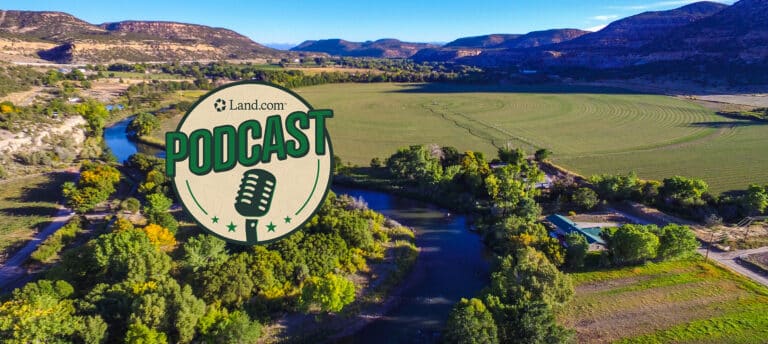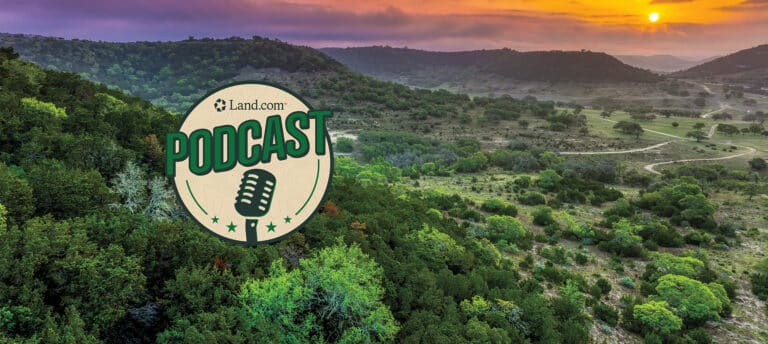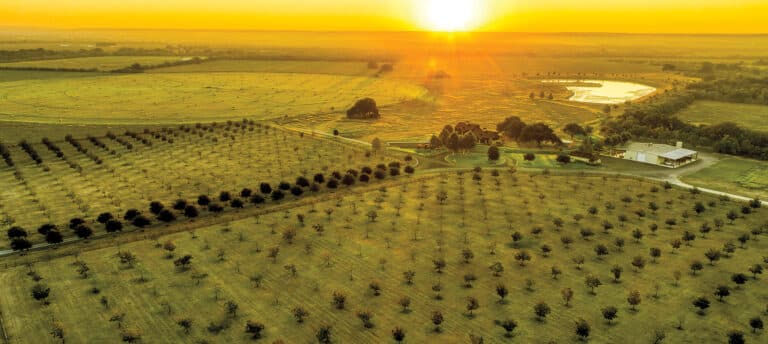
Last week’s arrival of Hurricane Matthew to the United States’ southeastern coastline brought storm-surge flooding that in many areas was more detrimental than the winds themselves. The hurricane was especially devastating to the emerged crops of southeastern coastal farms because late September and early October marks the beginning of the fall harvest season. It is incumbent upon landowners to know sites upstream from their farms because these sites, if toxic, can contaminate crops exposed to floodwaters. With flooding, especially following a hurricane or other large storm, pathogens including E. coli, Salmonella, Hepatitis A and norovirus can be introduced to floodwaters. Edible portions of a crop submerged in floodwaters should be held away from clean crops.
Agricultural agencies in southeastern coastal states activated hotlines to help farmers affected by the hurricane connect with resources that can assist with recovery. The Farm Service Agency, Small Business Association and USDA’s Extension Service also provide farm business recovery resources. A call to your state university extension department can serve as a guide, too. Here is a closer look at USDA programming serving farmland owners:
- USDA’s Emergency Loans Program is triggered when a natural disaster is designated by the Secretary of Agriculture or a natural disaster or emergency is declared by the President under the Stafford Act. Hurricane Matthew was one such disaster.
- The 2014 Farm Bill authorized the USDA to spend up to $20 million per year for an Emergency Assistance for Livestock, Honey Bees, and Farm-Raised Fish Program (ELAP). Administered by the Farm Service Agency (FSA), ELAP is intended to provide emergency relief for losses due to feed or water shortages, disease, adverse weather or other conditions—such as blizzards and wildfires—that are not adequately addressed by other disaster programs.
- The Emergency Forest Restoration Program (EFRP) provides payments to eligible owners of nonindustrial private forest (NIPF) land in order to carry out emergency measures to restore NIPF land damaged by a natural disaster and restore forest health and forest-related resources on the land.
- The Tree Assistance Program (TAP) provides financial assistance to eligible orchardists and nursery tree growers to replant or rehabilitate eligible trees, bushes and vines lost by natural disasters. The cumulative total quantity of acres planted to trees, bushes or vines for which an eligible orchardist or nursery tree grower can receive TAP payments cannot exceed 500 acres annually.
- The Livestock Indemnity Program (LIP) provides benefits to livestock producers for livestock deaths in excess of normal mortality caused by adverse weather or by attacks by animals reintroduced into the wild by the Federal Government. LIP payments are equal to 75 percent of the average fair market value of the livestock.
- The Noninsured Crop Disaster Assistance Program (NAP) provides financial assistance to producers of non-insurable crops when low yields, loss of inventory or prevented planting occur due to natural disasters.
- In March 2016, USDA’s Natural Resources Conservation Service invested $103 million in Emergency Watershed Protection Program (EWP) funds for recovery projects in 19 states. These projects relieve imminent hazards to life and property caused by floods, fires, windstorms and other natural occurrences.
Lead image credit: Flooding on Ocracoke, North Carolina, following Hurricane Matthew on October 9, 2016 (Giratorio Quintal/Flickr)



